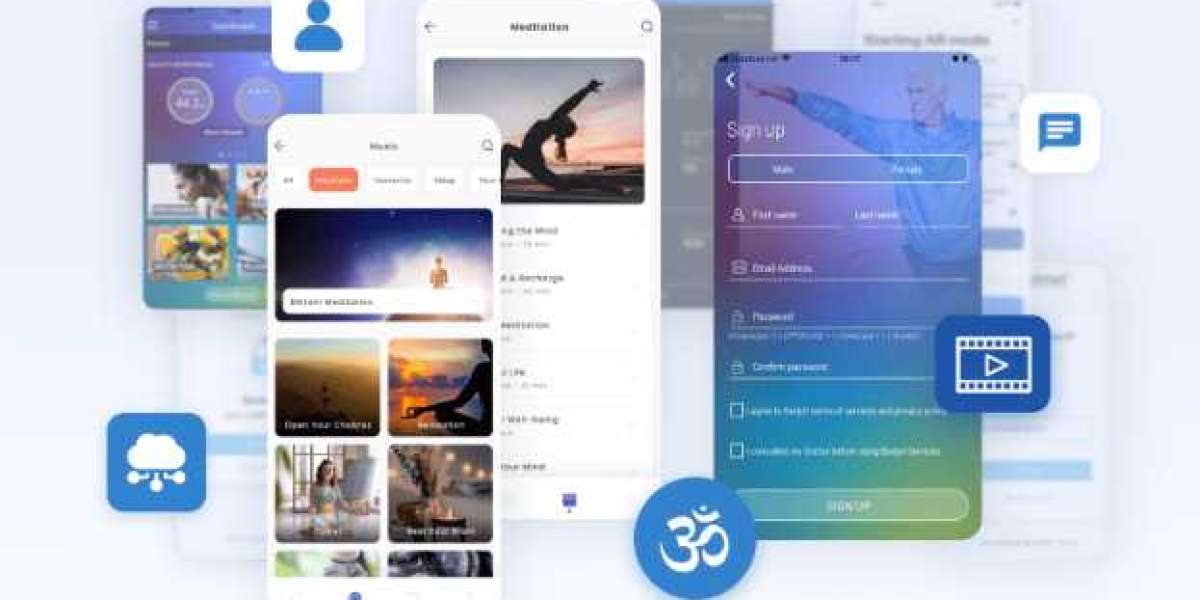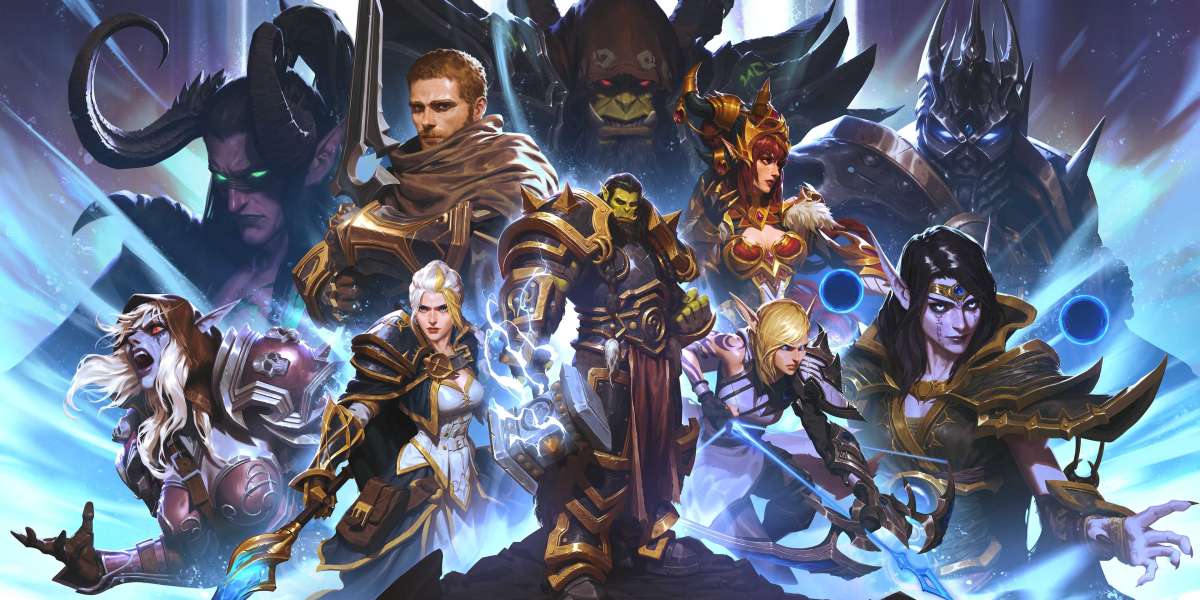In today’s fast-growing wellness industry, meditation apps have become a vital tool for millions seeking calm, focus, and better mental health. Whether you are a startup entrepreneur, a wellness coach, or a tech enthusiast, building a meditation app offers a promising opportunity. But to create a successful, engaging, and scalable product, choosing the right tech stack is crucial.
Why Choosing the Right Tech Stack Matters in Meditation App Development
A tech stack is the combination of programming languages, frameworks, tools, and software components used to build and run an application. In the context of a meditation app, your tech stack will influence:
Performance and responsiveness: Fast loading times and smooth interaction keep users engaged.
Scalability: Ability to handle increasing numbers of users and features.
Security: Protecting sensitive user data and privacy.
Development speed: How quickly you can launch and iterate.
Cost-effectiveness: Balancing quality with budget constraints.
Integration: Connecting with third-party services like audio streaming, push notifications, or AI-based personalization.
Hence, selecting a tech stack that aligns with your app’s goals, audience, and budget is one of the most critical decisions when building a meditation app.
Key Considerations When Choosing a Tech Stack for Your Meditation App
Before diving into specific technologies, consider these important factors:
1. Define Your App’s Core Features
Meditation apps vary widely in complexity. Some focus on simple guided meditation sessions, while others integrate advanced features such as:
Audio and video streaming
Personalized meditation plans using AI
Gamification and progress tracking
In-app purchases and subscription models
Social sharing and community forums
Multi-language support
Understanding your app’s feature set upfront helps determine the necessary backend and frontend capabilities.
2. Choose Your Target Platform(s)
Will your app be:
iOS only?
Android only?
Both iOS and Android?
Also web-based?
If you want to cover multiple platforms, a cross-platform approach might be best. This will impact your tech stack choice significantly.
3. Consider Development Time and Budget
Startups often need rapid development to test market fit, whereas established businesses may prioritize robustness and scalability. Some technologies offer faster prototyping but may incur higher long-term maintenance costs.
4. Think About Scalability and Maintenance
If you anticipate rapid user growth or future feature expansion, select technologies with strong community support and proven scalability.
5. Prioritize Security and Data Privacy
Meditation apps often collect sensitive user data, including health-related information. Compliance with GDPR, HIPAA, and other regulations is essential.
Popular Technologies for Meditation App Development
Let’s explore popular and reliable tech options for building a meditation app.
Frontend Technologies (Client Side)
The frontend is what users interact with — the UI and UX of your meditation app.
React Native: A popular open-source framework by Facebook, React Native allows you to build truly native apps for both iOS and Android from a single JavaScript codebase. It’s excellent for startups aiming to build a meditation app that launches quickly on multiple platforms.
Flutter: Developed by Google, Flutter uses the Dart language to build visually attractive and highly performant cross-platform apps. Its rich widget library and hot reload features speed up development.
Swift (iOS) and Kotlin (Android): For the best native performance and access to device-specific features, many teams prefer building apps separately with Swift for iOS and Kotlin for Android. This can lead to higher quality but longer development times and costs.
Progressive Web Apps (PWA): If you want to start with a web-based app that works on mobile browsers, PWAs offer an easy way to reach users without going through app stores.
Backend Technologies (Server Side)
The backend manages user data, authentication, content delivery, and more.
Node.js: A popular choice for backend development due to its speed and scalability. It works well with real-time features like live chat or notifications in your meditation app.
Python (Django or Flask): Known for simplicity and powerful libraries, Python frameworks are great if you plan to integrate AI features for personalization or data analytics.
Ruby on Rails: A mature framework that enables rapid development with convention-over-configuration principles.
Java (Spring Boot): Provides strong performance and scalability, suitable for enterprise-level apps.
Cloud Services (Firebase, AWS Amplify): These platforms offer backend-as-a-service (BaaS), including user authentication, real-time databases, and file storage, helping you speed up development.
Database Choices
Data storage depends on your app’s complexity and expected traffic.
SQL Databases (PostgreSQL, MySQL): Ideal for structured data such as user profiles, subscriptions, and content metadata.
NoSQL Databases (MongoDB, Firebase Firestore): Better for unstructured or rapidly changing data, such as session logs or user preferences.
Hybrid Approaches: Many apps combine SQL and NoSQL for flexibility.
Additional Technologies to Consider
Audio Streaming: Use platforms like AWS Media Services, Google Cloud Storage, or specialized APIs to efficiently stream meditation sessions.
Push Notifications: Firebase Cloud Messaging (FCM) and Apple Push Notification service (APNs) help engage users with reminders and updates.
Analytics: Google Analytics, Mixpanel, or Amplitude can provide insights into user behavior to improve your app.
Payment Gateways: Stripe, PayPal, or in-app purchases for subscription monetization.
How to Build a Tech Stack Strategy for Your Meditation App
Here’s a simplified step-by-step guide to help you decide on the best tech stack:
Step 1: Outline Your App Requirements and Goals
Make a detailed list of:
Core features (e.g., guided sessions, personalization, offline mode)
Supported devices and platforms
User load expectations
Monetization model
Step 2: Research and Shortlist Technologies
Based on your requirements, research which frontend, backend, database, and other tools align with your goals. Consider factors like:
Developer availability
Community support
Integration capabilities
Step 3: Evaluate Cross-Platform vs. Native Development
If you need faster deployment and a shared codebase, React Native or Flutter are strong choices. For highly customized experiences and performance, native may be better.
Step 4: Plan for Security and Compliance
Choose technologies and hosting solutions that offer encryption, secure authentication, and compliance with data protection laws.
Step 5: Prototype and Test
Build a minimum viable product (MVP) using your chosen stack to test feasibility and performance.
Step 6: Scale and Optimize
As your user base grows, optimize your backend infrastructure, use content delivery networks (CDNs), and consider microservices architecture.
Example Tech Stack for a Meditation App
To help you visualize, here’s a sample tech stack used by many meditation app developers:
| Layer | Technology | Reason |
|---|---|---|
| Frontend | React Native | Cross-platform app development with native feel |
| Backend | Node.js + Express | Scalable, fast backend with large ecosystem |
| Database | PostgreSQL + Redis | Structured data + fast caching |
| Cloud Hosting | AWS or Google Cloud | Reliable, secure, and scalable cloud infrastructure |
| Audio Streaming | AWS Media Services | Seamless delivery of audio content |
| Push Notifications | Firebase Cloud Messaging | Cross-platform notifications support |
| Analytics | Mixpanel | User behavior insights for continuous improvement |
| Payments | Stripe | Secure subscription and one-time payment processing |
Final Tips for Successful Meditation App Development
Keep user experience at the forefront: Meditation apps thrive on simplicity and calm design, so pick technologies that support smooth, responsive UIs.
Test on real devices: Performance can vary widely between Android and iOS devices.
Plan for offline access: Many users want to meditate without internet; ensure your stack supports offline content caching.
Iterate based on feedback: Use analytics and user reviews to enhance your app continuously.
Work with experienced developers: Whether in-house or outsourced, skilled teams can help you choose and implement the best tech stack.
Conclusion
Choosing the right tech stack is foundational when building a meditation app that not only attracts users but keeps them engaged for the long term. Careful consideration of your app’s features, target platforms, budget, and scalability needs will guide you to the most suitable technologies. Whether you opt for cross-platform frameworks like React Native or Flutter or native development with Swift and Kotlin, make sure your choice aligns with your business goals and user expectations.








